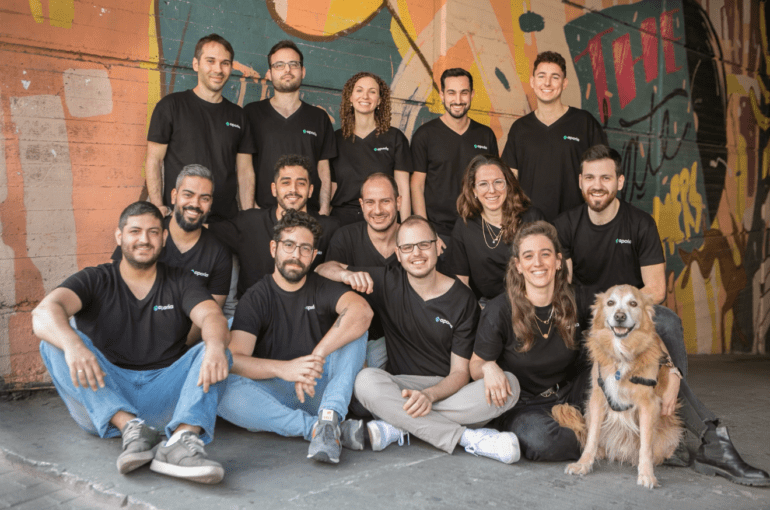TL;DR:
- Aporia Technologies introduces AI Guardrails, a new product enhancing generative AI performance and preventing hallucinations.
- AI Guardrails ensure responsible AI use by eliminating discriminatory or inappropriate responses while safeguarding sensitive data.
- Hallucinations in AI content are addressed, with a survey revealing their prevalence among users.
- Aporia’s technology focuses on observability, real-time alerts, and unified visibility for proactive AI management.
- This innovation complements Aporia’s suite of AI tools, bolstering its position in the market.
Main AI News:
In the ever-evolving landscape of artificial intelligence, Aporia Technologies Ltd. is making strides to ensure responsible and reliable AI use. Their recent release, AI Guardrails, unveiled on September 27th, is poised to revolutionize the performance of generative AI products while acting as a formidable bulwark against the perils of hallucinations and misuse.
AI Guardrails is a versatile solution that seamlessly integrates with any generative AI product, strategically positioned between the large language model (LLM) and the end user. This cutting-edge innovation guarantees equitable and responsible AI usage by eradicating discriminatory or inappropriate LLM and chatbot responses, all aligned with the workplace’s ethical standards. Furthermore, it serves as a robust shield against data breaches and inadvertent disclosure of sensitive information, such as credit card or medical data, bolstering user safety and optimizing performance.
Hallucinations in the AI realm are a fascinating yet perilous phenomenon. They occur when generated content—ranging from text and images to audio—takes on surreal or bizarre qualities. These unexpected and creative outputs are inherent to generative AI models, but they also carry the risk of generating misleading information or sheer nonsense.
A survey conducted by Tidio LLC illuminated the prevalence of these hallucinations, with a staggering 86% of nearly 1,000 respondents acknowledging personal experiences and 46% encountering them frequently. An illustrative example includes querying ChatGPT about the record for crossing the English Channel on foot, even though such an achievement is implausible.
Aporia’s technology encompasses observability, visibility, detection, and control—factors critical to fostering responsible and secure AI integration across various scenarios. Real-time alerts keep organizations informed about potential AI performance issues, while unified visibility offers a consolidated view of all LLM operations. This empowers organizations to proactively scrutinize model behavior and stay ahead of hallucinations.
While currently undergoing limited testing, this platform is intended to complement Aporia’s growing suite of tools, including centralized model management, AI anomaly detection, proactive control, dashboards, root cause analysis, and explainable AI. In July, the company launched a root cause analysis tool catering to large language models, natural language processing, and computer vision, enabling real-time scrutiny of AI models.
Notably, Aporia has secured an impressive $30 million in funding and boasts a burgeoning clientele in the enterprise sector. With their pioneering solutions, Aporia is cementing its position as a trailblazer in the realm of responsible AI usage, safeguarding against the pitfalls of AI hallucinations, and driving innovation in the ever-expanding AI landscape.
Conclusion:
Aporia’s introduction of AI Guardrails signifies a pivotal development in the AI market. By addressing the pressing issue of hallucinations and ensuring responsible AI usage, Aporia is poised to capture a significant share of the market. This innovative solution aligns perfectly with the growing demand for reliable AI technology, offering businesses a robust defense against the pitfalls of AI-generated content.

